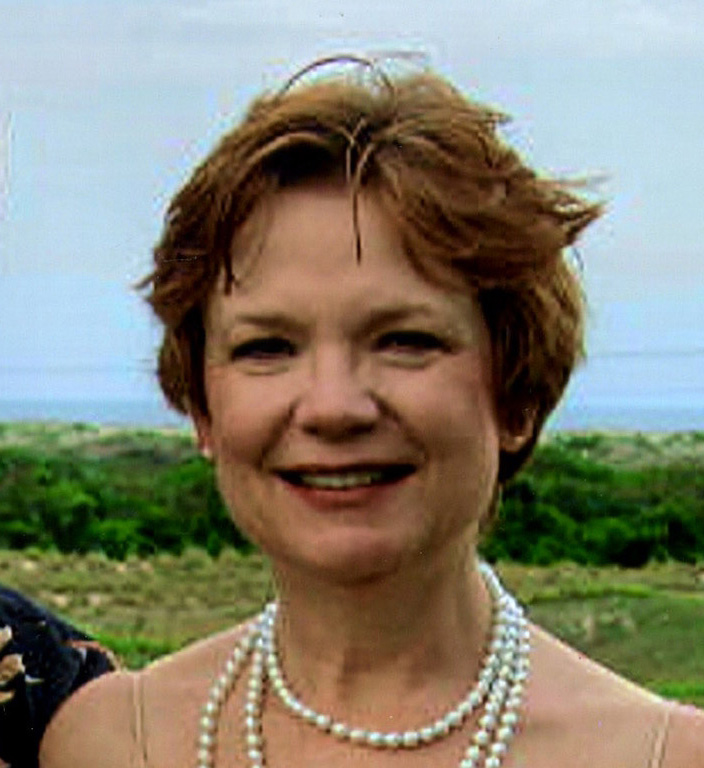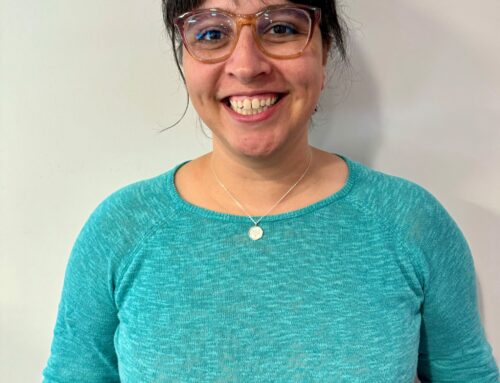 Here’s the latest installment in our series on the “Day in the Life” of nonprofit communicators, where we ask you to describe your day in your own words.
Here’s the latest installment in our series on the “Day in the Life” of nonprofit communicators, where we ask you to describe your day in your own words.
Suzanne Underwood Rhodes is the director of public affairs at Mercy Medical Airlift in Virginia Beach and recently celebrated her 10th anniversary of service there. Besides publishing several newsletters and outreach materials, writing news releases and articles, and managing interns and volunteers, she also is the author of Angel Flight Mid-Atlantic, (Arcadia Publications) and editor of Sacred Glances, a book of interviews with World War II and Korean War veterans. Her other tasks include handling donor correspondence, creating ads, public speaking, social media and blog posts, and occasionally traveling to medical conferences.
She is an adjunct English instructor at Tidewater Community College and a poet, with five published volumes of poetry and creative prose. She earned her MA in poetry from Johns Hopkins University.
Here is her typical day:
Before 8:00 am: Up at 7:04 this morning and had to post my syllabus for students at the local community college where I teach as an adjunct–this before heading out the door, coffee in hand as I kiss my husband, en route to Mercy Medical Airlift where I have worked in public affairs for 10 years.
8:00 am – 10:00 am: I hated missing devotions with two of my colleagues. We meet before work each morning in our conference room to share a few moments of inspiration derived from the Bible followed by prayer for our patients, for resources, the staff, etc. Typically, I check my email and phone messages first thing at my desk.
Today there was a message from Don, who handles our print jobs, logowear, etc. He let me know his vendor had approved the photo I’d sent for use on a golf tool kit that is to be one of several giveaways for an upcoming golf tournament to benefit Angel Flight (one of our partner charities). Last year they raised $13,000 for us and this year their goal is $15,000. An amazing group of folks from Newport News, Virginia. Then, as usual, I checked our Facebook pages to see who’s liking us and to post new messages.
10:00 am – 12:00 pm: Thanking donors is always a challenge. The letters must be fresh, personal, compelling. Openings are so important. “You saw the need and responded.” “You are the wind beneath our wings!” “The gift of flight is the gift of life,” etc. Repeat donors need new openings and words showing special appreciation for their loyalty. Sometimes I include pictures of patients we’ve served. I also include a patient testimonial by someone whose life has been saved or improved because they were able to travel to long-distance medical care via one of our ground or air programs. I also included recent statistics to show what their dollars have achieved. Lunch is often served by me, for me, seated at my desk as I catch up on emails.
12:00 pm – 2:00 pm: Ann came in at 1:00. She’s a volunteer from a senior retirement community who has beautiful handwriting, so I’ve got her hand-addressing envelopes for invitations to an event, Halos and Heroes, coming up in October.
My new student intern also came in at around one for her second day on the job. Christina is a senior majoring in creative writing at Old Dominion University. I set her up with a couple of patient families she will call to interview for one of several newsletters I produce (both online and print versions).
One of the patients is a little girl suffering from osteosarcoma (bone cancer), but fortunately it is affecting only one limb, so with chemotherapy her prognosis is good. Despite the medical and financial challenges faced by our patients, they always seem full of courage and spirit, and this keeps my perspective as it should be–grateful for their positive examples, for my own good health, and for my ability to work for a charity that helps thousands of people every year.
Currently I’m putting together a quarterly newsletter called “Skylights” that will go out to donors, patients, board members and other constituents. I love the words I’m including from Elaine, the patient being featured who has a rare eye disease: “The illness has taught me some things. You have to grieve the loss to get to the other side. You just adapt and do the best you can. Focus on what you can do instead of what you can’t—and keep a sense of humor.”
2:00 pm – 4:00 pm: There’s so much variety in my job, so much that isn’t routine, and I frankly think I have the best job of anyone on our staff of 14. This afternoon I’ll call our area TV stations to give them a heads-up about Halos and Heroes, an event held annually at an airport and military museum that houses one of the nation’s premier collections of vintage aircraft. It’s always a fun event, including dinner, music, a flight demonstration, a special program.
This year is of special significance as we are focusing on the tragedy of PTSD (Post Traumatic Stress Disorder) and TBI (Traumatic Brain Injury) as it affects our wounded veterans, with an average of 22 committing suicide each day. The keynote speaker is a pioneering physician, Dr. Paul Harch of New Orleans, who is seeing amazing results and even cures from his hyperbaric oxygen treatment (HBOT) for treatment of those two debilitating disorders. I feel Dr. Harch’s appearance is of national significance and special significance for our large military community here.
After 4:00 pm: My day ends at 5 but I always check my work email. I have to add that everyone here is very mission focused, our mission in a nutshell being to ensure that no needy patient is left medically stranded. Because we deal each day with suffering people, we lighten up when we can. Jim’s birthday is a good example. He’s our chief of staff and sports a nice mustache. For women only, we picked out party eyeglasses in various colors and designs, all with crazy mustaches attached, then marched into Jim’s office to sing “Happy Birthday” and give him mustache mints and push pins.
Want to be featured in this series? Tell us what you do in a typical day as a nonprofit communications pro.





